How Recovery Boots Boost Post-Workout Muscle Relief
Discover how recovery boots enhance post-workout muscle relief by improving circulation and reducing soreness. Discover how they compare to massage guns, deep tissue massagers, and percussion massagers for optimal recovery.
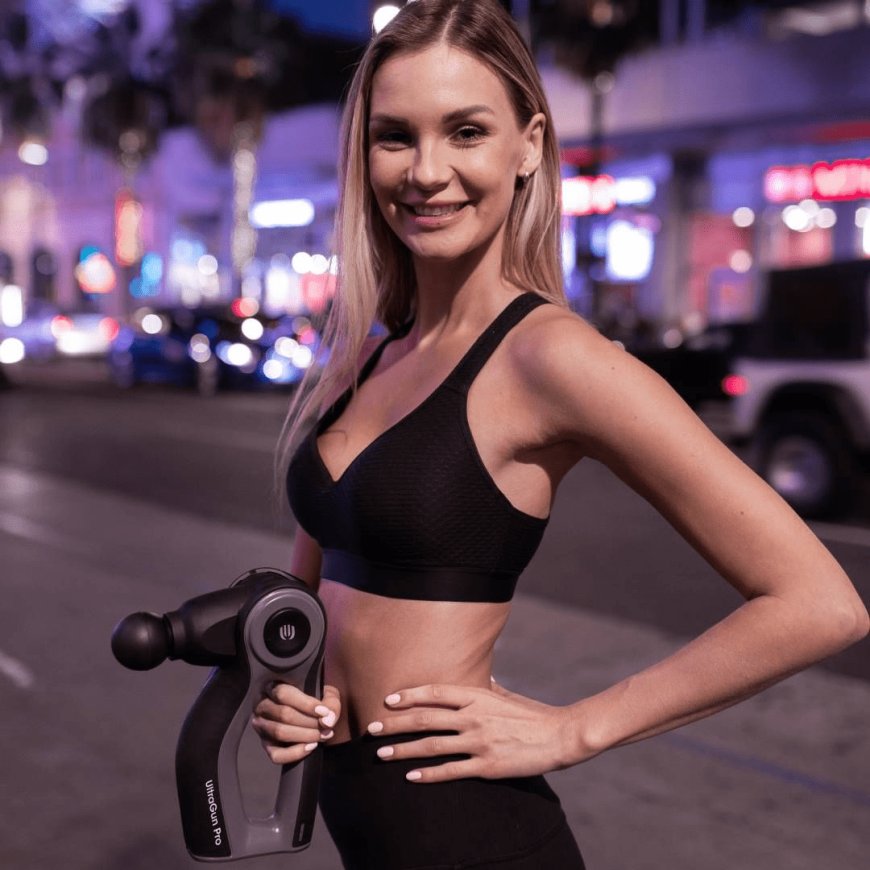
Post-workout recovery is a crucial part of any fitness routine. Whether you're a professional athlete or a weekend runner, muscle soreness, fatigue, and tightness can significantly impact your performance and overall wellness. Among the many tools designed to ease muscle recovery, recovery boots have gained considerable attention for their unique benefits. But how do they work, and how do they compare to other recovery tools like a deep tissue massager, massage gun, or percussion massagers?
What Are Recovery Boots?
Recovery boots are wearable compression devices designed to enhance circulation, alleviate muscle soreness, and expedite the recovery process. They use air compression technology to apply controlled pressure on the legs, working in cycles to mimic the muscle pump of natural movement. This compression helps push out metabolic waste, such as lactic acid, and brings in oxygen-rich blood, which is vital for muscle repair.
Theyre often seen on athletes after intense workouts, endurance runs, or training sessions. However, recovery boots arent just for elite performersthey can benefit anyone who experiences muscle fatigue or delayed-onset muscle soreness (DOMS).
The Science Behind Compression Therapy
The key principle behind recovery boots is intermittent pneumatic compression (IPC). IPC promotes lymphatic drainage and enhances venous return, a process that involves blood flowing back to the heart. This not only reduces swelling but also speeds up nutrient delivery to damaged muscles.
Several studies have shown that athletes using recovery boots experience reduced muscle soreness and improved range of motion in subsequent workouts. Its a passive form of recovery, allowing users to relax while the boots do the work.
Comparing Recovery Boots to Other Recovery Tools
While recovery boots offer full-leg compression, many other popular tools target localized muscle relief. Heres how they compare:
1. Deep Tissue Massager
A deep tissue massager is a handheld device that utilizes vibration or rolling techniques to penetrate the deeper layers of muscle tissue. Its ideal for breaking down adhesions and relieving chronic tension. However, unlike recovery boots, it requires manual application and primarily targets specific muscles rather than whole muscle groups.
2. Massage Gun and Massage Gun UAE
A massage gun, often marketed under regional terms like Massage Gun UAE, is a popular tool among athletes and fitness enthusiasts. It provides percussive therapy through rapid bursts of pressure, promoting circulation and muscle relaxation. Massage guns are portable and convenient, but they also require the correct usage technique for maximum effectiveness.
3. Percussion Massagers
Percussion massagers fall under the same category as massage guns, using forceful pulses to stimulate muscle tissue. They are effective in breaking down knots and improving mobility. However, unlike recovery boots that can be used passively for extended periods, percussion massagers are used actively and usually for shorter durations.
4. Massage Machine
A massage machine typically refers to larger or stationary devices, such as those used in spas or recovery centers. These can offer full-body relief through various techniques, such as kneading, tapping, or rolling. However, they are less targeted and less portable or focused than recovery boots or massage guns.
Unique Benefits of Recovery Boots
While each tool has its benefits, recovery boots stand out in several ways:
-
Full-Leg Coverage: Unlike handheld devices, recovery boots provide comprehensive treatment from the feet up to the thighs.
-
Hands-Free Use: Once worn, theres no need to continuously operate the boots. You can relax, read, or even watch TV while using them.
-
Consistent Pressure Cycles: Recovery boots offer controlled compression thats often difficult to replicate manually with massage tools.
-
Improved Circulation: They actively promote blood flow and lymphatic drainage throughout the legs, making them excellent for reducing swelling and inflammation.
When to Use Recovery Boots
Recovery boots can be used after any strenuous physical activitywhether it's weightlifting, running, cycling, or a long day on your feet. Ideally, they should be used within 30 minutes to two hours post-exercise for optimal recovery benefits. Sessions typically last between 15 and 30 minutes, depending on the intensity of your workout.
They can also be combined with other recovery tools. For example, you might start with a massage gun to loosen tight muscles, followed by recovery boots to improve circulation and flush out toxins.
Final Thoughts
Incorporating recovery tools like deep tissue massagers, massage guns, percussion massagers, and massage machines into your routine can greatly enhance muscle relief and performance. However, recovery boots offer a unique advantage with their ability to deliver passive, whole-leg compression, which promotes faster healing and reduces soreness.
For athletes and fitness enthusiasts who want to maintain a consistent training schedule without being sidelined by fatigue, recovery boots are a valuable investment. Pairing them with other recovery strategies can provide a well-rounded approach to staying pain-free, mobile, and ready for the next challenge.






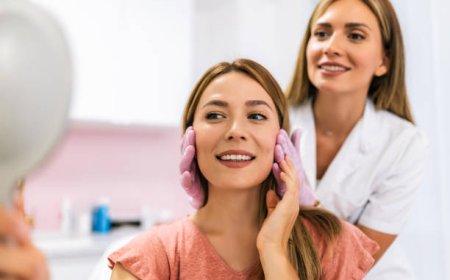
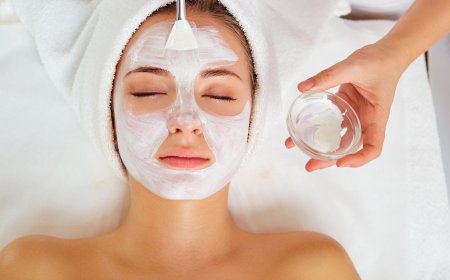

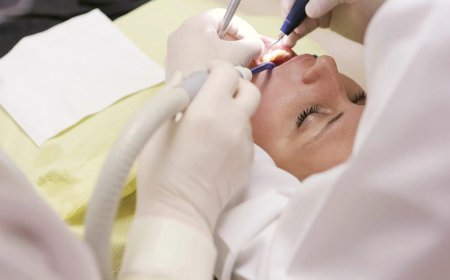




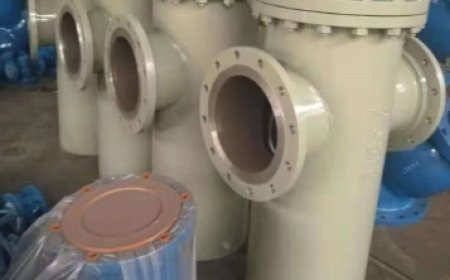

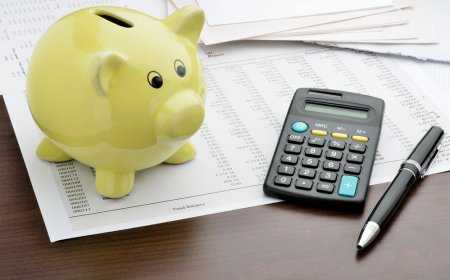

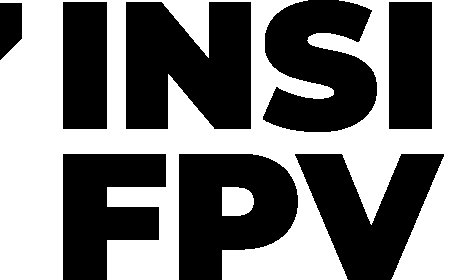



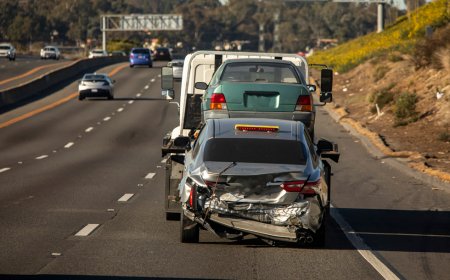
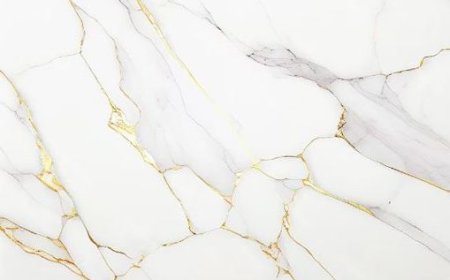


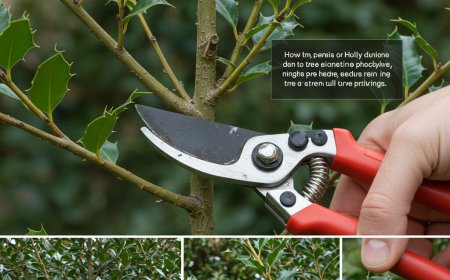
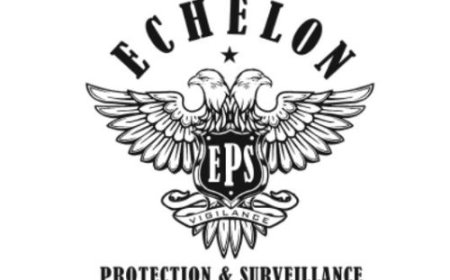


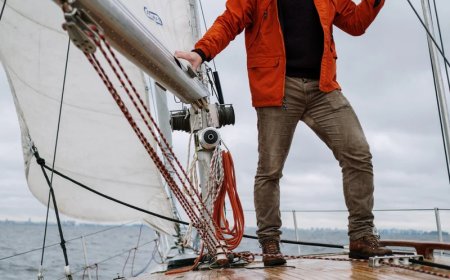
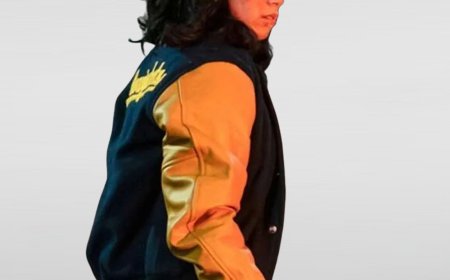





![Play99 Login & Registration Guide for Indian Users [2025 Update]](https://www.atlantanewsplus.com/uploads/images/202507/image_140x98_6870c1df7bfcd.jpg)
